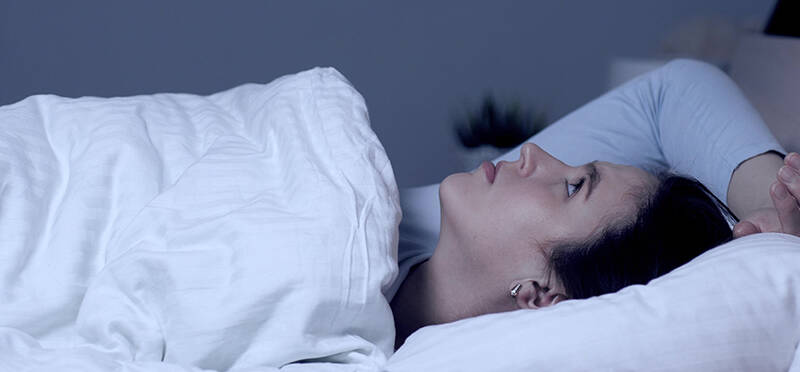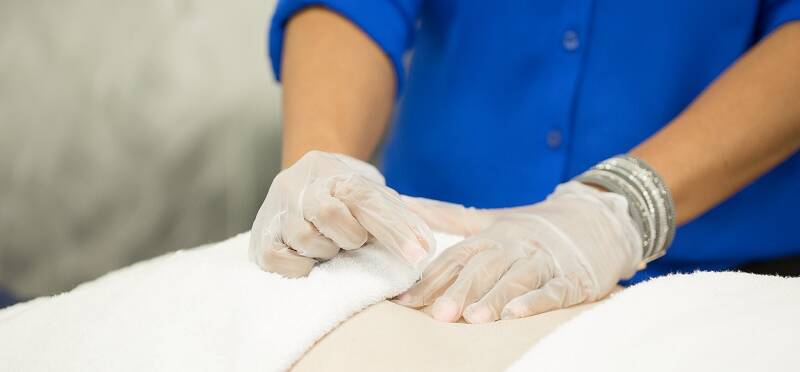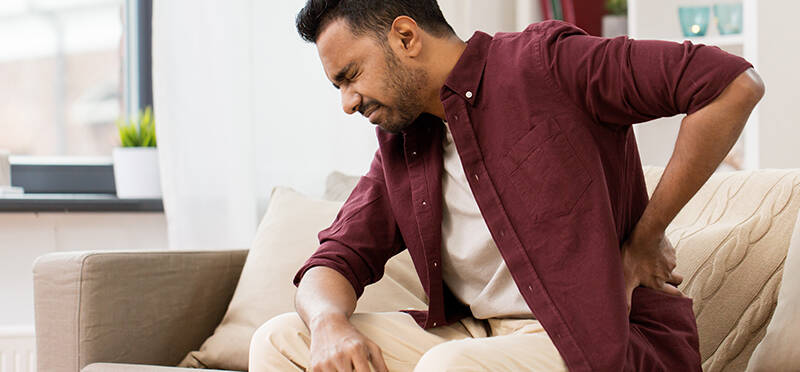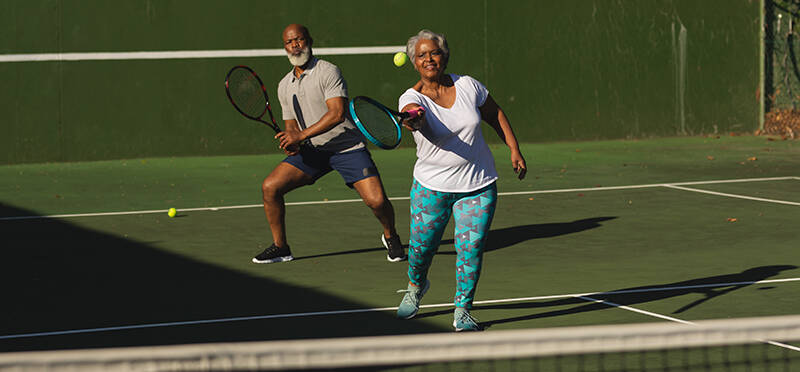3 Ways to Sleep Better with Shoulder Pain
Posted on April 22, 2022 by Brandon Bowers, PT, DPT, Astym Cert.
The importance of sleep cannot be overstated. Recent research has discovered links between poor sleep and “hypertension, obesity, type-2 diabetes,...
(more…)










